In order to achieve a range of options for altering the aperture I set the shutter speed at 1/6. Of necessity I used a tripod and also a remote shutter release to eliminate shake.
First part of the exercise. I found the instruction ambiguous. I understood the part about making them darker or lighter than 'average' assuming that 'average' referred to the exposure set by the camera's evaluation system. The 'why' seemed to be less obvious as the short answer was because the shot had been taken at a higher or lower exposure level but I thought something more was required although I know not what.
The following five images were those taken
Exposure level as set by camera (spot evaluation)
Exposure level + 0.5 stop
Exposure level + 1 stop
Exposure level - 0.5 stop
Exposure level - 1 stop
The differences in exposure were achieved by a constant shutter speed and altering the aperture to achieve the desired end. In each case I checked the exposure level indicator in the LCD on the back of the camera to ensure that the change was the required one.
Part 2 of the assignment.
The set up described above remained in place and only the object being photographed was changed. It will be seen that I included shiny objects as I wanted to see if there was any benefit in reducing the exposure levels to reduce the impact of any glare or specular highlights.
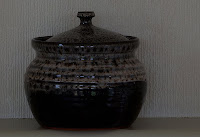
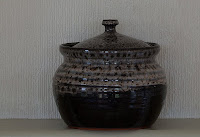
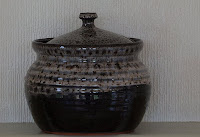
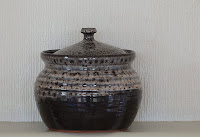
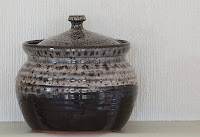 The images are in the order from darkest to brightest with the third one in the sequence being the exposure 'set' by the camera. my own preference is for the image that is half a stop lighter as there is more detail in the body of the object and there is a more satisfactory difference between the object and the background.
The images are in the order from darkest to brightest with the third one in the sequence being the exposure 'set' by the camera. my own preference is for the image that is half a stop lighter as there is more detail in the body of the object and there is a more satisfactory difference between the object and the background.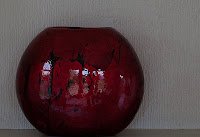
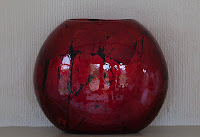
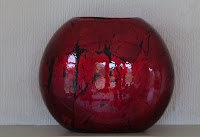
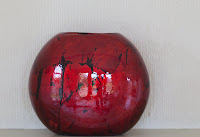
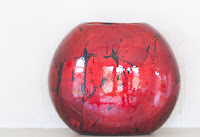 The images are in the same order as all following images will be. Here we have a shiny object and as can be seen there is very little difference in the reflections over the different exposures. Of the five taken my personal preference is the average exposure.
The images are in the same order as all following images will be. Here we have a shiny object and as can be seen there is very little difference in the reflections over the different exposures. Of the five taken my personal preference is the average exposure.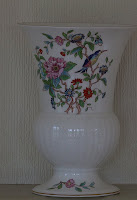
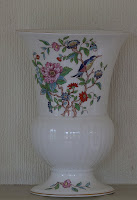
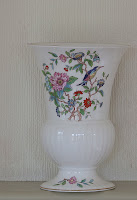
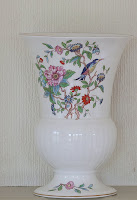
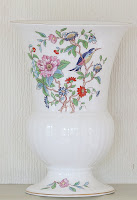 In this case my preference lies marginally with the +0.5 stop. The problem here is that the decoration on the vase is better defined in the -0.5 stop image but the remainder of the vase is two grey. I believe this is an example where there is no ideal exposure solution and the best image would be produced by combining the elements of at least two of the images or dodging and burning.
In this case my preference lies marginally with the +0.5 stop. The problem here is that the decoration on the vase is better defined in the -0.5 stop image but the remainder of the vase is two grey. I believe this is an example where there is no ideal exposure solution and the best image would be produced by combining the elements of at least two of the images or dodging and burning.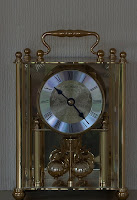
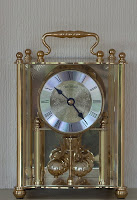
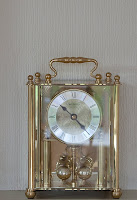

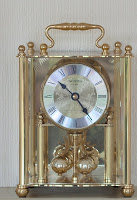 Another shiny object and the average exposure reveals all the problems of photographing a shiny objects particularly where it also has a glass front that acts almost as a mirror. For me the best image is the -0.5 of a stop because most of the reflection and specular problems are dealt with. This could also be said of the + 0.5 of a stop image although there is slightly less detail overall.
Another shiny object and the average exposure reveals all the problems of photographing a shiny objects particularly where it also has a glass front that acts almost as a mirror. For me the best image is the -0.5 of a stop because most of the reflection and specular problems are dealt with. This could also be said of the + 0.5 of a stop image although there is slightly less detail overall.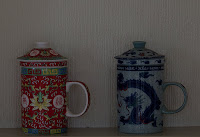
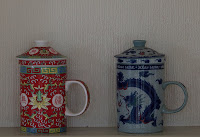
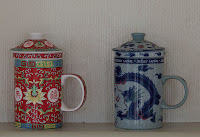
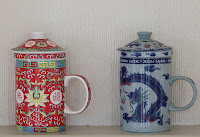
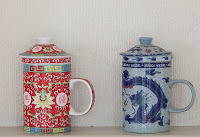 My preferred image is the +0.5 of a stop. Although the average image produces the closest match to the actual colours of the tea mugs the slightly higher exposure offers an overall better image.
My preferred image is the +0.5 of a stop. Although the average image produces the closest match to the actual colours of the tea mugs the slightly higher exposure offers an overall better image.Overall lessons - I found this a very useful and rewarding exercise. Although from previous exercises and general photographic knowledge I felt that I knew about the effects of different levels of exposure I added to my overall knowledge. Perhaps more importantly it made me think how I could effect more control over the camera. I generally use aperture value and leave the camera to set the shutter value to achieve the best exposure. I have used bracketed exposure but only where I was planning to use High Dynamic Range software.
The experiment in shiny surfaces (I know this comes up later in this part of the Course) was inconclusive. In the images of the clock it worked well but there was less benefit in the shots of the vase.





No comments:
Post a Comment